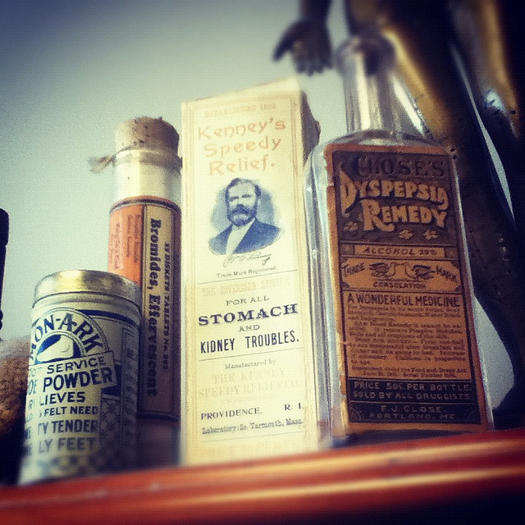After taking a few turns through the healthcare system with family young and old, I found myself more and more disheartened with the whole process. We didn’t see the positive results we hoped for from the rounds of doctor visits, hospitalizations and changes in meds. This wasn’t because of poor care or lack of commitment, though. We met a lot of incredibly dedicated and caring doctors and nurses, and for that we will always be profoundly grateful.
It’s just that none of the medical teams we met ever worked like a team. We could see glimmers of coordination from time to time, but more often individuals made significant medical decisions without even thinking about what might be going on elsewhere. We considered ourselves very lucky on the few occasions when we, as family, were included in the discussions.
We were on our own.
There was no central resource, no single person who had an overall plan. There was so much pointless discomfort and suffering because things fell through the cracks of different specialties. I’ve heard from others who have had close encounters with the health care system that our experience is sadly familiar.
It left me longing for a better experience, and for a guide who could help us navigate these confusing waters. It wasn’t until much later that I discovered a new approach to medicine.
One that gave me hope.
Integrative medicine takes the best of Western medicine – diagnostic imaging, surgery, drug therapy, radiation, and physical and psychological therapies – and combines it with complementary healing therapies – like naturopathy, osteopathy, acupuncture, yoga, meditation – but only when the benefits are scientifically proven. The elder statesman is Dr. Andrew Weil at the Arizona Center for Integrative Medicine. More and more teaching hospitals in the U.S. are getting on board with integrative options for patients.
One of the best ideas behind IM is that you – the patient – are at the centre of your care. Most people have a primary care doc, but they also consult with a range of other health professionals who have their own advice and treatments – naturopaths, pharmacists, chiropractors, counsellors, osteopaths, acupuncturists, massage therapists, etc. What the IM approach does is create a way for all those practitioners to work together and integrate their individual treatments into one overall plan.
Holistic Approach
It’s a new idea and it may be a while before your doctor gets onboard. There are a few MDs in Ontario who are open to complementary medicine but they usually operate outside the government-funded system. The physicians who object to IM claim that it’s diluting the scientific rigour of the Western medical system. The very valid point they’re making is that, as a healthcare consumer, you need to be very discerning about the kind of healthcare you are receiving.
Perhaps it’s time to create a different kind of relationship with your doctor. You can use the principles of IM in your relationship with your doctor, even if the funding and coordination isn’t there. Be open about all the kinds of therapies you are using to maintain your health. Start a conversation about your diet, exercise, sleep and other health habits to get their input.
Be a partner in your health
Look for this kind of approach from everyone who influences your health:
- A partnership between you and the practitioner that emphasizes the healing process
- An openness to use of conventional and complementary methods to stimulate the body’s innate healing response
- Consideration of all factors that influence health, wellness and disease, including mind, spirit and community as well as body
- Recognition that good medicine should be based in the best possible science
- Use of natural, effective, less-invasive interventions whenever possible
Photo: In 30 Minutes guides

